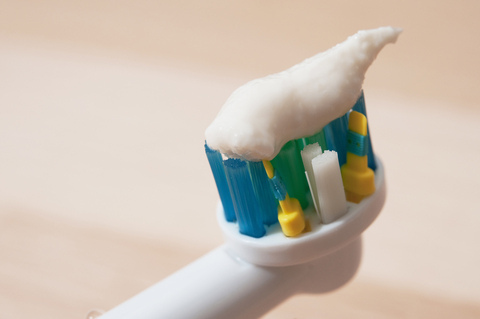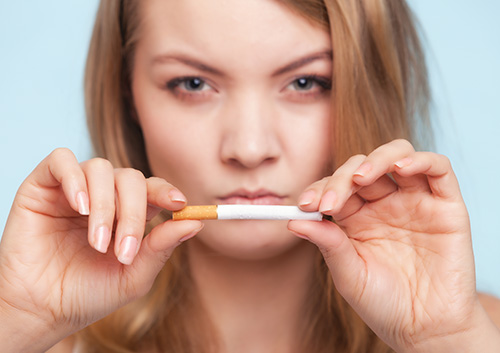
Braces have come a long way over the years. In the past, tooth removal was common, palatial expanders were the norm, and headgear and rubber bands were necessary evils to get the desired results. Damon Smile self-ligating braces have made those things distant memories.
Despite the competition from other clear braces and aligners, Damon has a proven track record, and the results of a side-by-side comparison between conventional braces and Damon braces were published in the journal Clinical Impressions.
The Study
The comparative study tracked orthodontic care of 132 patients, six of whom were treated with Damon Smile, and 66 of whom got traditional braces. The study also looked at treatment times (meaning the total length of time the patients wore braces,) the number of appointments they had, the quality of the results, and patient comfort.
The Results
Length of Time Wearing Braces: The researchers found that the patients who wore Damon Smile braces wore them for an average of 7.2 months less than the traditional brace-wearing patients.
Number of Appointments: Damon patients had an average of 47.8 percent fewer appointments.
Time Needed for Leveling and Aligning: Damon patients only needed 3.2 months for leveling and aligning, while traditional brace participants needed six months. That means the Damon participants required 46.7 percent less time.
Comfort Level: Damon wearers experienced 60 percent less discomfort than traditional brace wearers.
Results: Damon results were consistently excellent, with a score of 3.6 on a 4-point scale.
Other Benefits
- Damon Smile braces use a proprietary technology called self-ligation. That means there is no need for the elastic or metal ties that are part of traditional brace therapy. The absence of any kind of ties means that patients don't have to have their braces tightened.
- Damon high-tech lightweight memory wires work faster, so patients don't have to wear braces as long as they would with traditional braces. Memory wire technology also reduces the need for frequent adjustments at our Winnipeg, Selkirk, or Southdale, MB office.
- A slide mechanism holds wires in place, but allows for freer tooth movement.
Perhaps the greatest benefit of Damon Smile braces is that, without the ties, patients are far more willing to comply with a more time-consuming oral hygiene regime. More thorough brushing, easier flossing, and less general tension in the mouth mean that better oral hygiene lessens plaque build-up, while helping patients keep their mouths healthier and cavity-free during the time they wear braces.
Greater self-confidence and improved self-esteem have the potential to change lives. And a healthy mouth and an attractive smile can do that! Ask Dr. Brent Nickolaychuk if Damon Smile is right for you!




